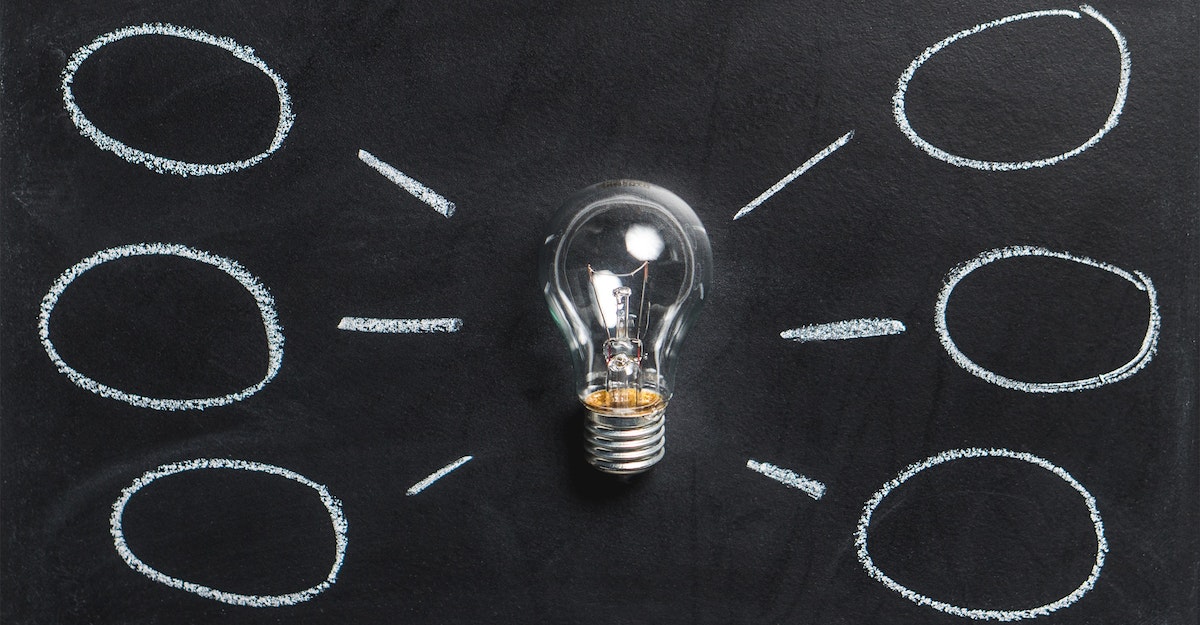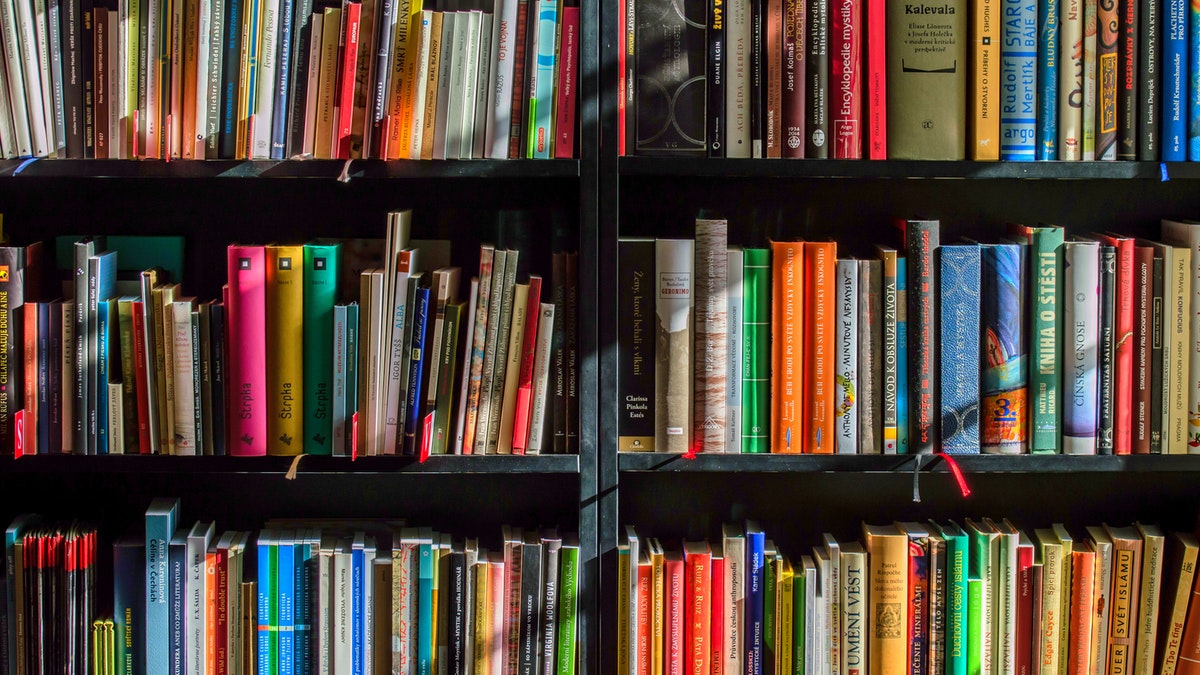Articles

NCERT Chapter Summary: Bringing up Kari
Kari was five months old when he came under the care of the narrator. The narrator, too, was a young boy, merely nine years old. The narrator could reach Kari’s back if he stood on his toes. Kari remained of the same height of the next 2 years. Both the narrator and Kari grew simultaneously.

NCERT Chapter Summary: The Tiny Teacher
The chapter opens with the author making a catalogue of the smallest insect who is also the wisest insects. He wonders if it is the fly, the mosquito or the worm. He realizes that the insect that justly fits into this category is the ant. It is the most commonly found insect, the smallest and the wisest. The author seems impressed by the story of ant’s life and analysis it.

NCERT Chapter Summary: Wind (Poem)
In this poem, the poet highlights the destructive as well as the constructive aspects of the wind. He says that the wind teases and makes fun of the weak persons or things. Wind symbolises the difficulties that one faces in one’s life. Difficulties frighten us if we are weak. When we are brave, difficulties do not harm us and disappear quietly.

NCERT Chapter Summary: Chivvy (Poem)
The poem ‘Chivvy’ is a catalogues of various do’s and don’ts that the grown-ups dictate to young children. The adults constantly give a list of instructions to the children about how to sit, how to talk, how to eat and so on.
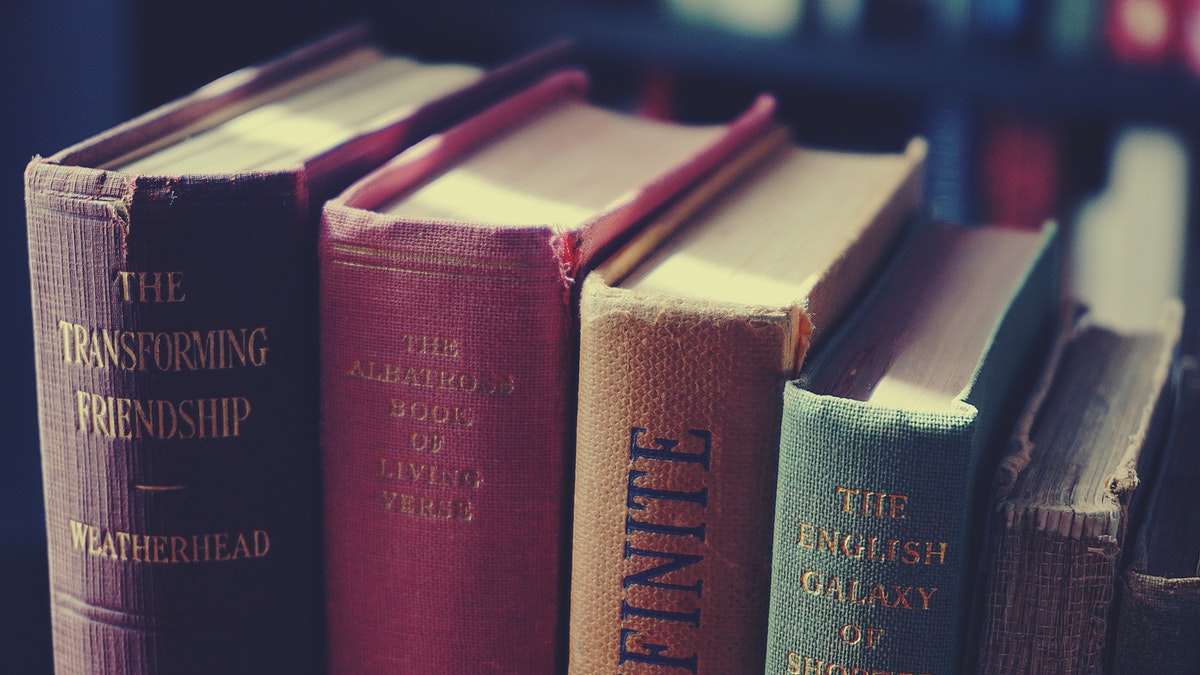
NCERT Chapter Summary: The Story of Cricket
Cricket is one of the forms of the many games played with a ball and bat in England from past 500 years. It evolved as a distinct game around 17th century. Initially, during the mid of the 18th century, the bat used to be like the hockey stick curving outwards.

NCERT Chapter Summary: Fire: Friend and Foe
Early man must have found fire to be dangerous and frightening. Fire must have been a mystery for an early man but it is known today that it is a result of chemical reaction. When oxygen present in air combines with carbon and hydrogen present in a fuel, energy is released in form of heat and light and this is what fire is.
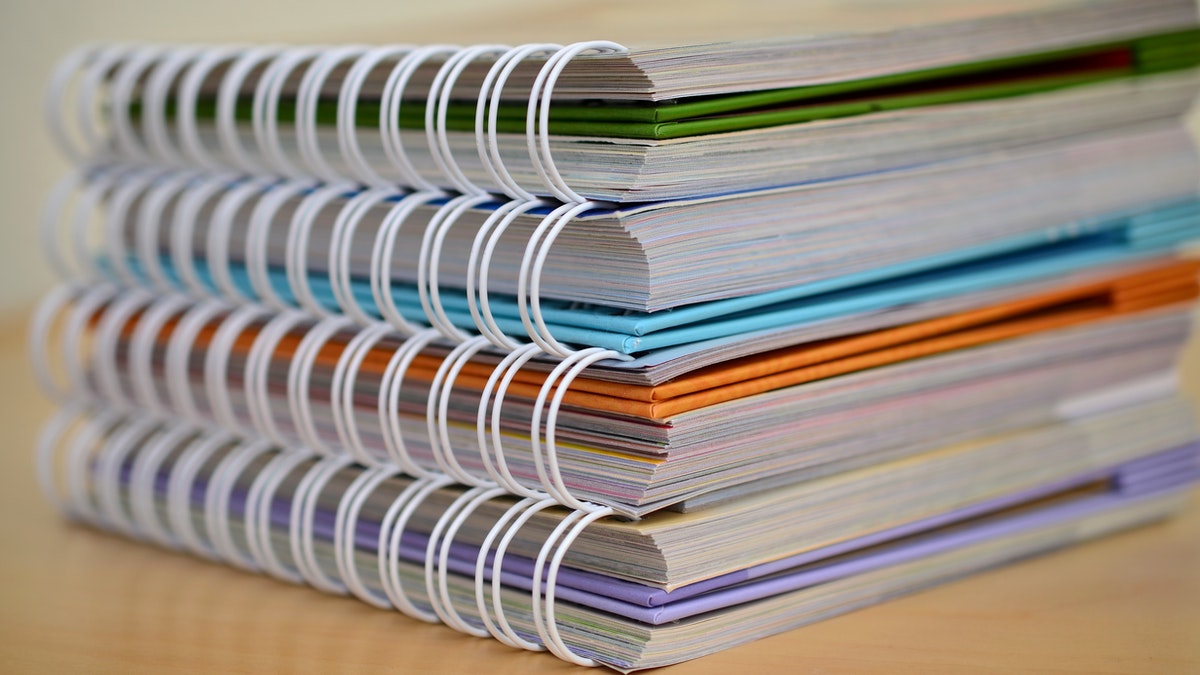
NCERT Chapter Summary: The Ashes that Made Trees Bloom
There was an old childless couple that lived in Japan in 19th century. They had a pet dog called Muko whom they treated as their own child. The old man was rice farmer. He will go to the field with his hoe or spade early in the morning and will work there till sunset.

NCERT Chapter Summary: Gopal and the Hilsa Fish
It was the season for Hilsa fish and it was Hilsa that everyone was talking about. In the market fishmongers were selling only Hilsa fish luring customers to buy it. Even in the royal court, countries were talking about Hilsa.

NCERT Chapter Summary: An Indian - American Woman in Space: Kalpana Chawla
Kalpana was born in Karnal, Haryana. She never thought she would cross the frontiers of space. She went to an engineering college after completing her education from the Tagore school. After getting a bachelor Science Degree in aeronautical engineering, she went to the United States to complete her master’s degree.

NCERT Chapter Summary: A Pact with the Sun
Saeeda's mother had fever, cough and painful joints. She has been treated by many doctors but she could not recover from her illness. She was kept in a small room with closed doors and windows. She was deprived of sunshine and fresh air. Saeeda’s mother became critical and sold some of her ornaments to pay the doctor's fee and the cost of medicine.

NCERT Chapter Summary: The Friendly Mongoose
A farmer and his wife lived in a village with their son. They wanted a pet who can be a companion for their son. The farmer’s wife liked the idea. The farmer brought a tiny mongoose who will be a friend to their son. The mongoose grown to its full size in 5 or 6 months, but the farmer’s son was still a baby in the cradle.

NCERT Chapter Summary: The Banyan Tree
The author as a young boy used to live in his grandfather's house in Dehradun. There was an old banyan tree in the garden. The tree was home to squirrels, butterflies and snails. The author used to hide in its branches and behind thick green leaves.
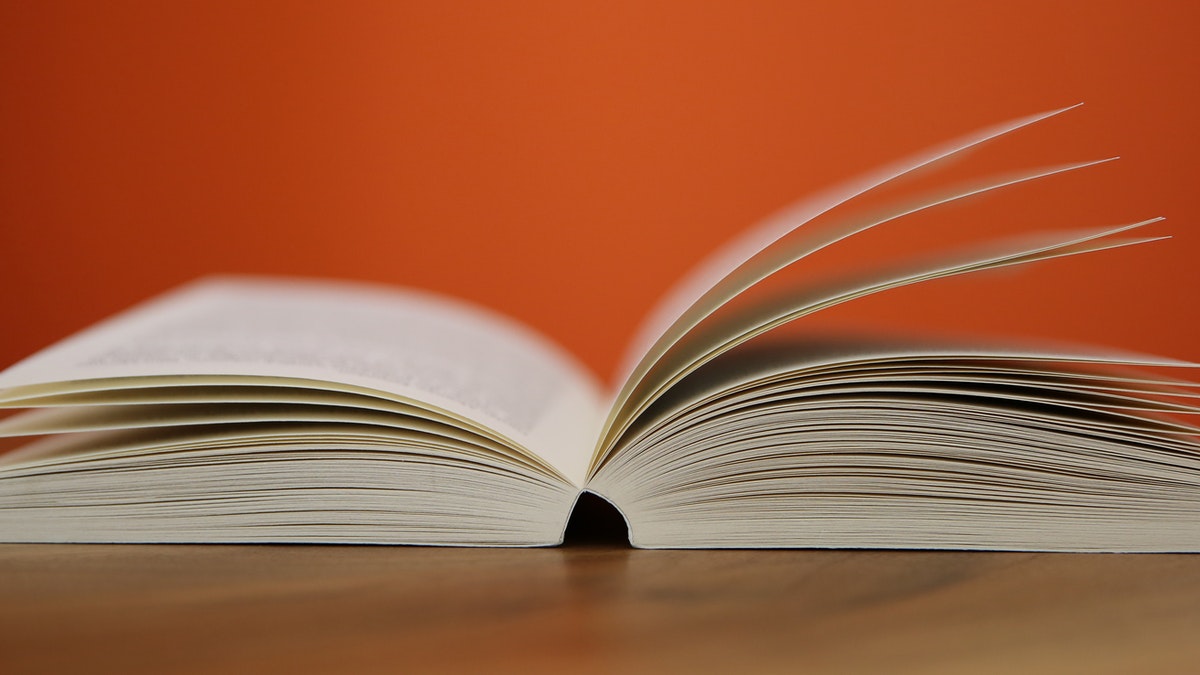
NCERT Chapter Summary: Desert Animals
These are the driest places on Earth and sometimes remain without rain for years. Desert animals cannot live without water or stay for long periods under Sun. They have adapted themselves to live in harsh condition, examples are gerbils and beetles. Some deserts are rocky with small bushes while others have flowers during the spring.

NCERT Chapter Summary: A Game of Chance
A fair was organised every year on the occasion of Eid. The fair lasted for many days and one could buy anything from there. Rasheed’s uncle took him to the fair along with their domestic help Bhaiya. There was a big crowed at the fair. His uncle met a few of his friends.

NCERT Chapter Summary: Fair Play
Jumman Shaikh and Algu Choudhry were good friends. Both were respected in their village. Jumman had an aunt who gave her property to him, thinking he would look after her. This worked well for few years, but later the situation changed.

NCERT Chapter Summary: The Tiger King by Kalki
"The Tiger King" is a satirical short story written by Kalki Krishnamurthy. It tells the tale of a fictional king in a princely state in India who becomes obsessed with hunting and killing tigers. Here are the important points of the story in detail:
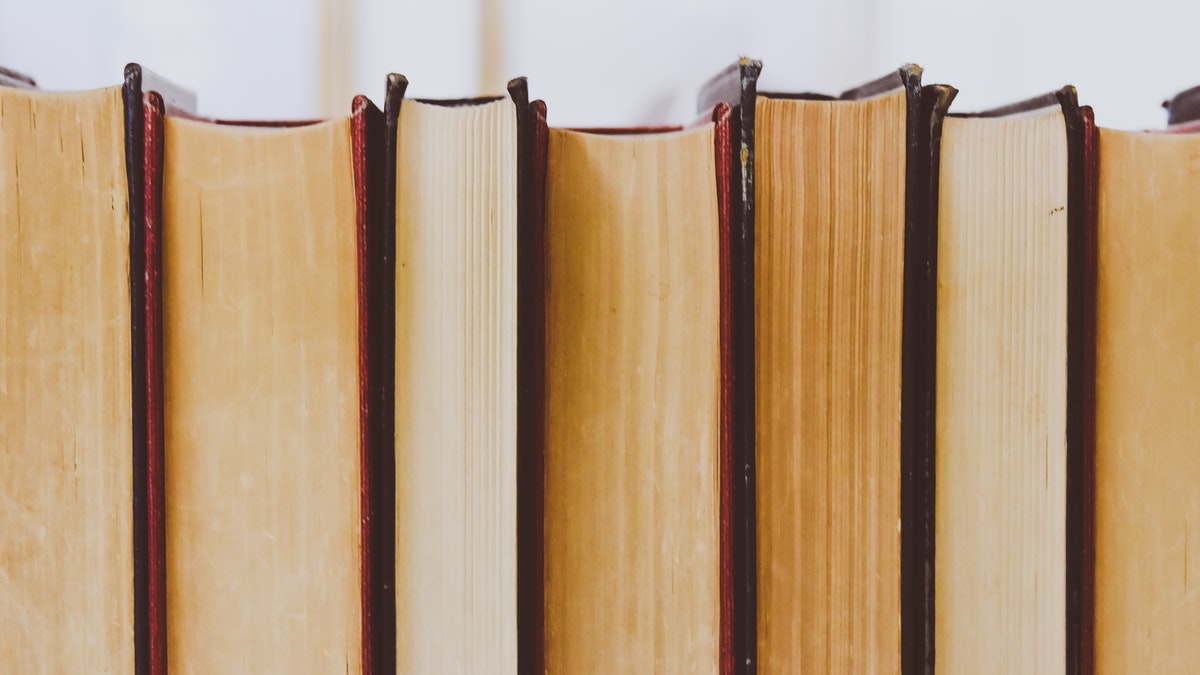
NCERT Chapter Summary: We Too Are Human Beings
"We Too Are Human Beings" is a powerful autobiographical essay by Bama, an Indian Dalit writer and activist. Bama recounts her personal experiences of caste-based discrimination and oppression as she navigates through the hierarchical social structure in India. Here are the important points of the essay in detail:

NCERT Chapter Summary: The Cutting of My Long Hair Zitkala-Sa
"The Cutting of My Long Hair" is a personal narrative by Zitkala-Sa (also known as Gertrude Simmons Bonnin), a Native American woman who shares her experience of having her long hair cut as a young girl attending a missionary boarding school. Here are the important points of the story in detail:

NCERT Chapter Summary: My Mother at Sixty-Six by Kamala Das
"My Mother at Sixty-Six" by Kamala Das is a poignant and introspective poem that reflects on the aging process and the complex emotions that arise as the speaker observes her mother's vulnerability. Here are the important points of the poem in detail:

NCERT Chapter Summary: Aunt Jennifer's Tigers by Adrienne Rich
"Aunt Jennifer's Tigers" by Adrienne Rich is a poignant and thought-provoking poem that explores themes of gender roles, power dynamics, and the quest for personal freedom. Here are the important points of the poem in detail:

NCERT Chapter Summary: An Elementary School Classroom in a Slum by Stephen Spender
"An Elementary School Classroom in a Slum" by Stephen Spender is a thought-provoking poem that explores the stark contrast between the idealized world of education and the harsh reality faced by children in a slum. Here are the important points of the poem in detail:

NCERT Chapter Summary: Going Places by A.R. Barton
"Going Places" by A.R. Barton is a short story that explores the themes of ambition, conformity, and the desire for recognition. The story revolves around a young boy named Robert who harbors dreams of success and popularity.

NCERT Chapter Summary: The Last Lesson by Alphonse Daudet
"The Last Lesson" by Alphonse Daudet is a poignant short story set in the backdrop of 19th-century France, during the time of the Franco-Prussian War. The story revolves around a young French boy named Franz, who discovers the importance of education and the value of his native language through a life-changing experience on his last day of school. Here are the important points of the story in detail:
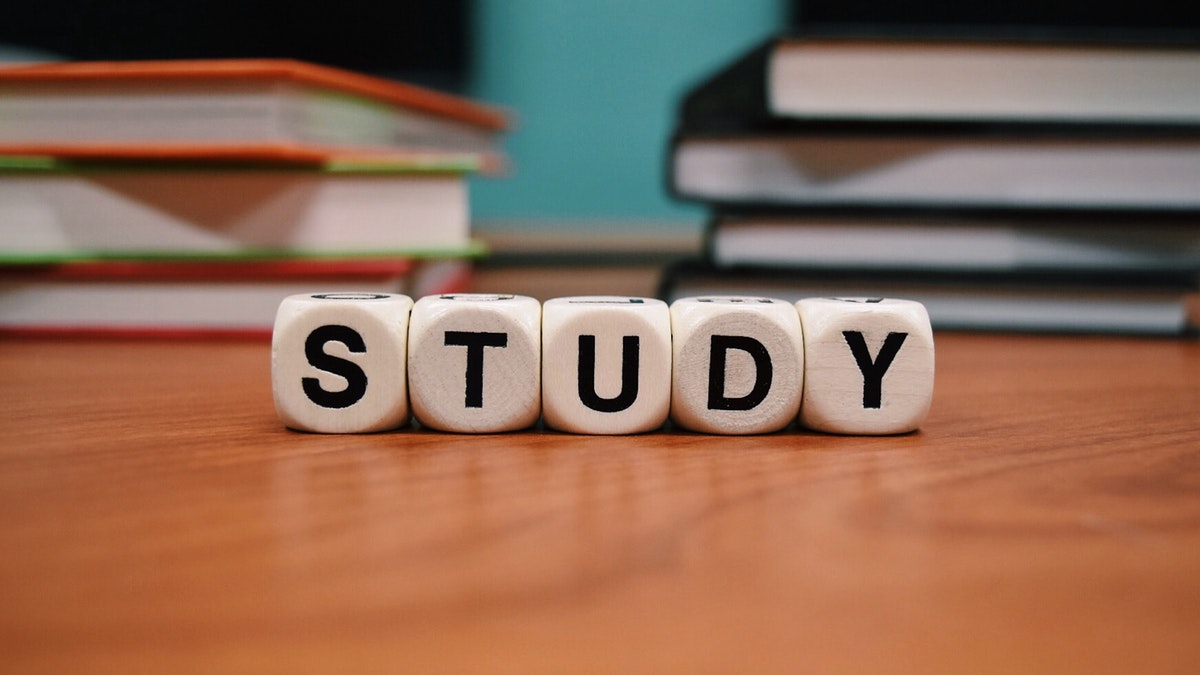
NCERT Chapter Summary: Lost Spring by Anees Jung
"Lost Spring" by Anees Jung is a thought-provoking essay that sheds light on the lives of the marginalized and impoverished children in the city of Delhi, who are forced to work in the bangle-making industry. Here are the important points of the essay in detail:

NCERT Chapter Summary: A Wedding in Brownsville by Isaac Bashevis Singer
"A Wedding in Brownsville" by Isaac Bashevis Singer is a short story that explores themes of tradition, love, and the clash between old and new ways of life. Here are the important points of the story:
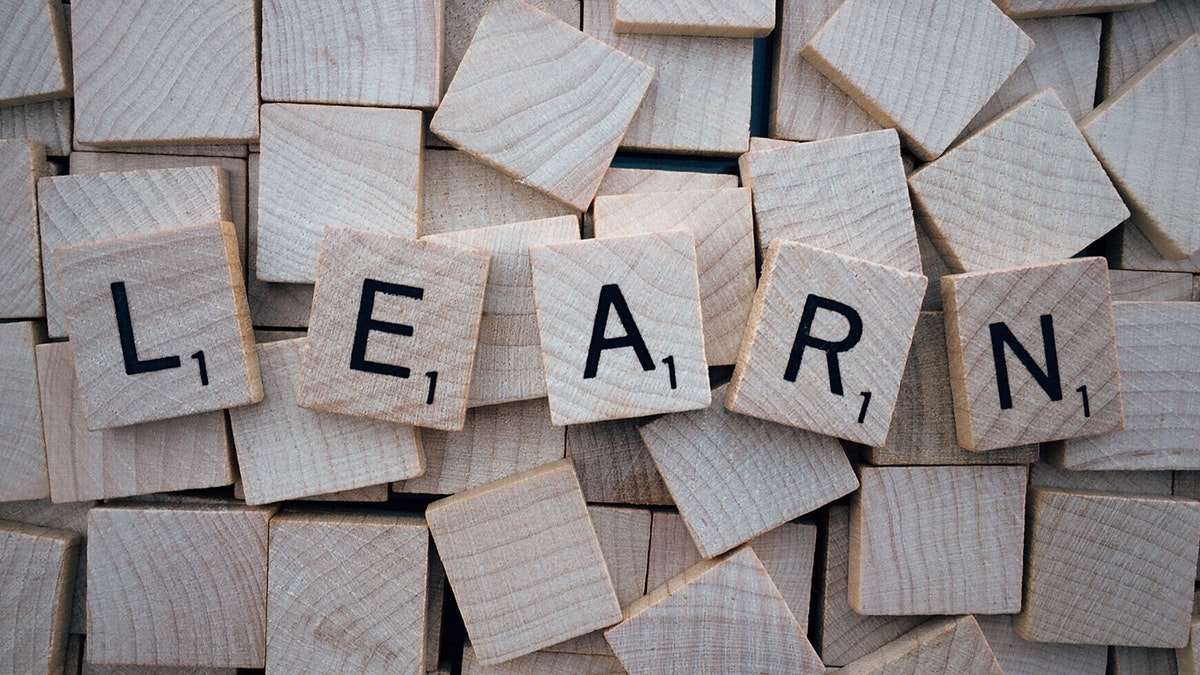
NCERT Chapter Summary: Ranga's Marriage by Masti Venkatesha Iyengar
"Ranga's Marriage" by Masti Venkatesha Iyengar is a short story set in rural India that explores the themes of social hierarchy, traditions, and the struggles faced by individuals who challenge societal norms. Here are the important points of the story:


